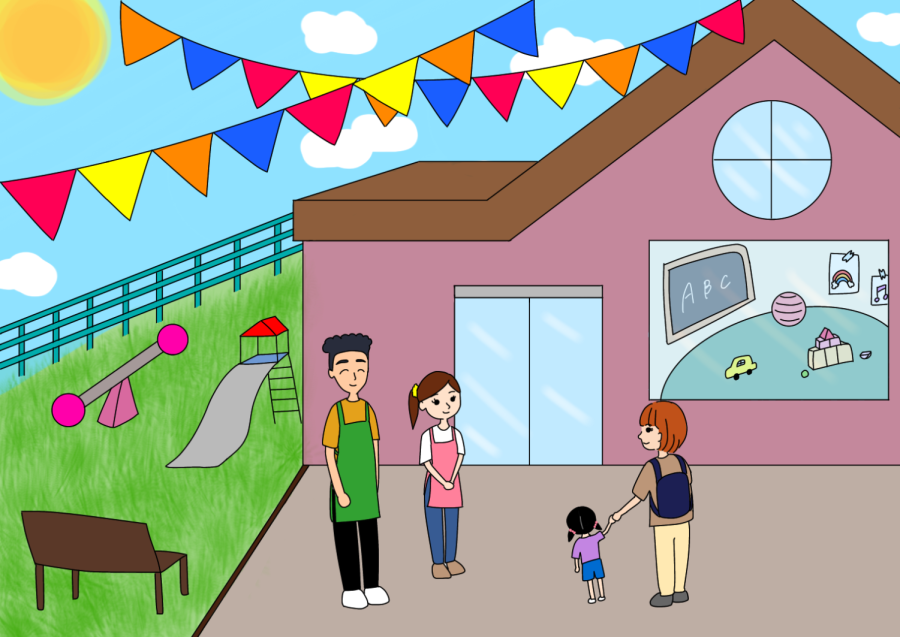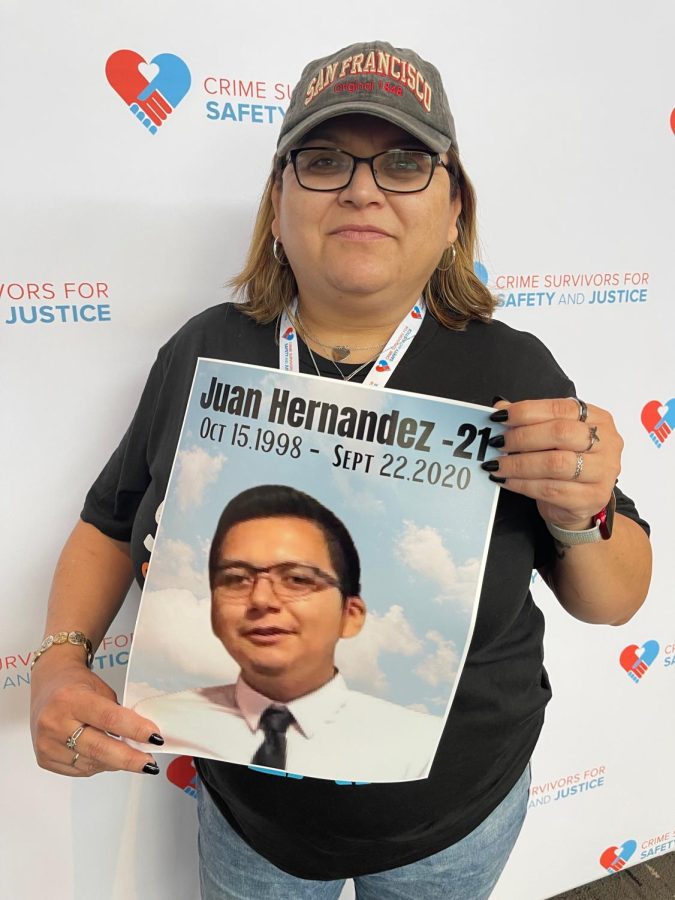“Washed Up: Ocean in Peril” is
a new exhibit featuring a collaboration
of artists uniting to shed
light on society’s effects on the
environment.
The exhibit will be featured in
the art gallery of the Art and Behavioral
Sciences Building until
March 7.
“As a consequence of world climate
extremes, human misuse of
natural resources and the ongoing
power of the sea itself, the Earth’s
oceans and coastal areas are undergoing
an alarming transformation,”
according to a Jan. 29 press
release.
Susana Mieres, director and
curator of the exhibit, says this is
an “observation” from various artists
of what is already going on in
the ocean along with the actions
of, “man’s folly.”
Destruction, created by man
and nature itself, is reflected from
many different directions, such as
the 2011 earthquake and tsunami
that struck Japan. Satoe Fukushima’s
piece, “Incoming Tide,”
reflects these emotional events.
After the tsunami hit her native
country, Fukushima traveled back
to see her family and helped those
living in the surrounding area.
“Many people lost everything,”
Mieres said, “but (they) still
smiled and had a sense of hope.”
Fukushima’s piece includes
photographs of various smiling
faces that represent the spirit and
will to continue when all hope
seemed lost.
A different direction in which
this exhibit displays the consequences
of our actions is Angie
Bray’s piece, “Eldon Down,” in
which she is displaying the shadow
of a gull hopelessly twirling in
an emotionless state.
“I hope that it [the exhibit] will
make people pay more attention to
what they see,” Bray said..
Bray wanted her piece to convey
her feelings towards the subject
matter rather than advocating
or telling people what to do.
Because EC is also part of the
beach community, students must
realize that their actions affect
their environment. Bray said that
this is a chance to reflect on how
changes over time are caused by
people individually, and as a society.
“I want people to realize, ‘oh
look what’s happened,’” Bray said.
Bray reminisces on her beach
experience when she was a child
and can note the obvious differences
in the environment and
hopes others will too.
Another artist, Adrian Amjadi,
suggests the idea that humans are
“guilty of their emotions,” in such
a way that we do not think about
how we affect our environment.
“Humans are distant to the idea
that their behavior is reflected in
their environment,” Amajadi said.
Amjadi’s piece can be described
as a gem-like prism representing
a slice of the ocean with
piping inside, that is being supported
in the air by a tower.
The piping in the slice of the
ocean represents the benefits that
we receive from the ocean such
as oil, without caring about how
we come about those resources or
how they affect the ocean in the
future.
“It’s about the human experience.
We are harming the earth,
not just scarring it,” Amjadi said.
“As humans we are repeating
history without even knowing it.
It’s an ongoing cycle,” Amjadi
added.
Ultimately, Mieres, along with
the other artists, hopes that this
exhibit will get students thinking
about their environment, their actions
and what they can do to preserve
it.
An issue that was found on
the EC Campus, for instance, is
that there are no recycling bins
on campus. Many students, along
with the artists, were unaware and
shocked to learn this.
Carlos Payes, 21, Graphic Design
major was very interested in
the exhibit. He never considered
all the aspects that the artists
touched upon as being a whole
and believes that students will be
more active about this issue.
“We need to be mindful of our
actions because it’s not just an individual
thing; it’s the community
as a whole. As for the recycling
situation here, maybe we as students
can start making this known
because it is an issue,” Payes said




